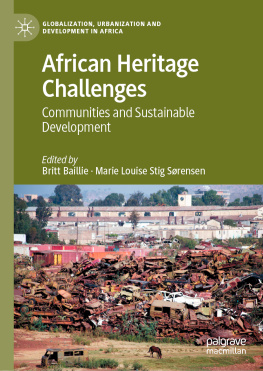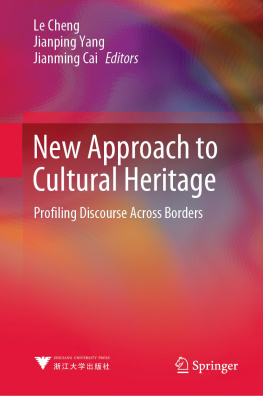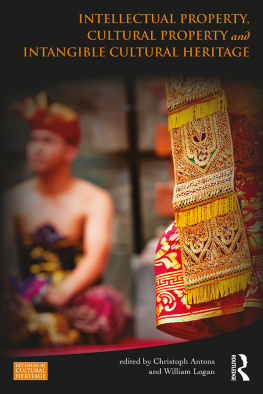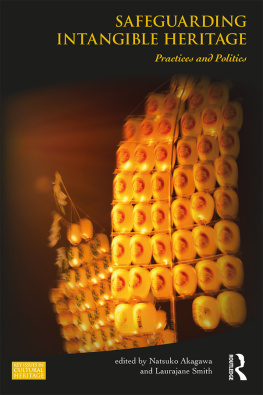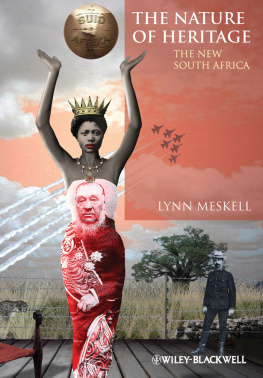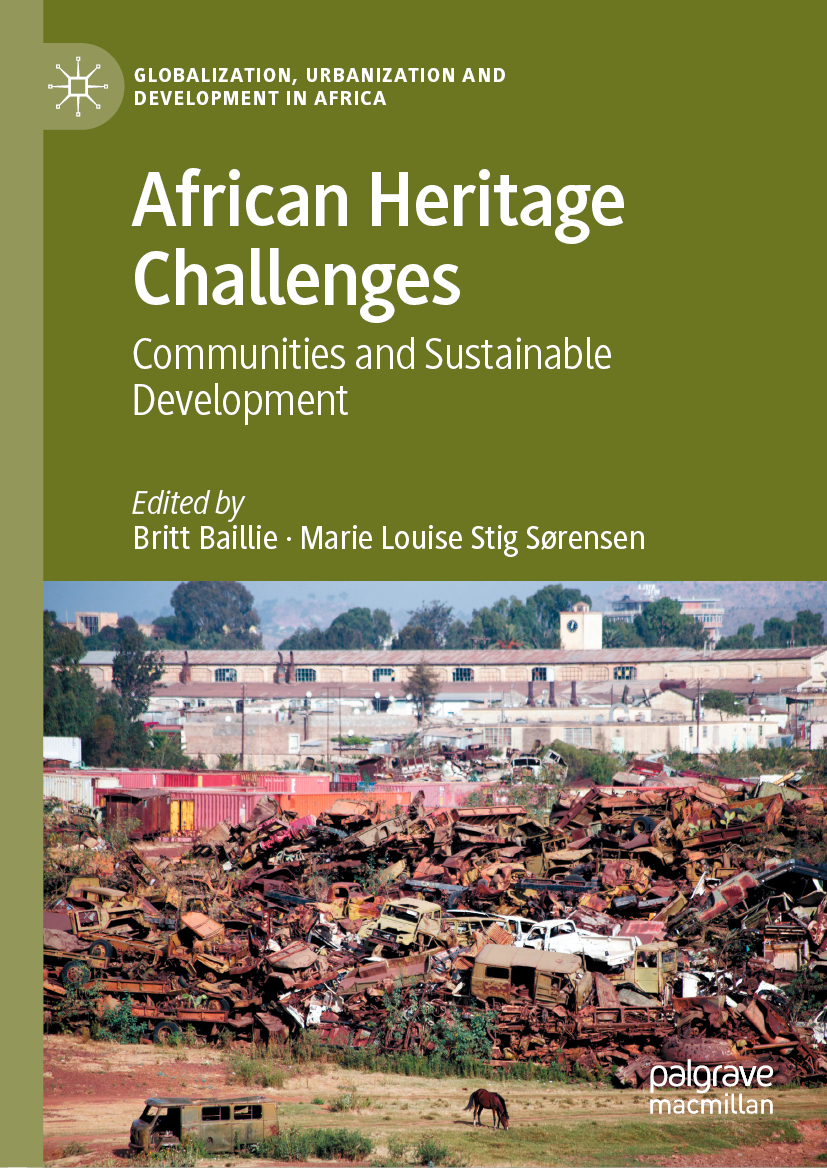Globalization, Urbanization and Development in Africa
Series Editors
Ebenezer Obadare
University of Kansas, Lawrence, KS, USA
Caroline Wanjiku Kihato
University of the Witwatersrand, Johannesburg, South Africa
Garth Myers
Urban International Studies, Trinity College, Hartford, CT, USA
Martin Murray
Taubman College, University of MichiganAnn Arbor, Ann Arbor, MI, USA
The series offers a fresh and unique perspective on globalization and development debates and intervenes in the understudied but increasingly important field of African urbanism. Africa is one of the fastest growing arenas of urbanization in the world: it is in the cities of Africa where the interaction and confrontation with globalism, cosmopolitanism, and the future come into contact. This is an important series that is making significant contributions to the fields of African Studies, Development Studies, and Urban Studies, as well as to Geography, Sociology and Anthropology broadly. The editorial board includes key senior scholars in these fields, and builds on the high quality foundations of the former The series offers a fresh and unique perspective on globalization and development debates and intervenes in the understudied but increasingly important field of African urbanism. Africa is one of the fastest growing arenas of urbanization in the world: it is in the cities of Africa where the interaction and confrontation with globalism, cosmopolitanism, and the future come into contact. This is an important series that is making significant contributions to the fields of African Studies, Development Studies, and Urban Studies, as well as to Geography, Sociology and Anthropology broadly. The editorial board includes key senior scholars in these fields, and builds on the high quality foundations of the formerAfrica Connects series of books. Its original contribution comes from its focus on connections: between Africa and the rest of the world, within and between different parts of the continent, between development, globalization, and urbanism, between different forms of production (economic, cultural, etc.), to name a few. The existing contributions represent path-breaking interventions into critical studies of development and globalization in African spaces and the future contributions and authors will only deepen this work. series of books. Its original contribution comes from its focus on connections: between Africa and the rest of the world, within and between different parts of the continent, between development, globalization, and urbanism, between different forms of production (economic, cultural, etc.), to name a few. The existing contributions represent path-breaking interventions into critical studies of development and globalization in African spaces and the future contributions and authors will only deepen this work.
As African cities become ever more central to the future of the continent but also towards recalibrating theories of development and globalization, this series will only become more relevant and influential. The current and future titles engage a wide geographical and topical scope that will appeal to a variety of scholars and students interested in the African continent.
More information about this series at http://www.palgrave.com/gp/series/15438
Editors
Britt Baillie
Wits City Institute, University of the Witwatersrand, Braamfontein, South Africa
Marie Louise Stig Srensen
Department of Archaeology, University of Cambridge, Cambridge, UK
Globalization, Urbanization and Development in Africa
ISBN 978-981-15-4365-4 e-ISBN 978-981-15-4366-1
https://doi.org/10.1007/978-981-15-4366-1
The Editor(s) (if applicable) and The Author(s), under exclusive license to Springer Nature Singapore Pte Ltd. 2021
This work is subject to copyright. All rights are solely and exclusively licensed by the Publisher, whether the whole or part of the material is concerned, specifically the rights of translation, reprinting, reuse of illustrations, recitation, broadcasting, reproduction on microfilms or in any other physical way, and transmission or information storage and retrieval, electronic adaptation, computer software, or by similar or dissimilar methodology now known or hereafter developed.
The use of general descriptive names, registered names, trademarks, service marks, etc. in this publication does not imply, even in the absence of a specific statement, that such names are exempt from the relevant protective laws and regulations and therefore free for general use.
The publisher, the authors and the editors are safe to assume that the advice and information in this book are believed to be true and accurate at the date of publication. Neither the publisher nor the authors or the editors give a warranty, expressed or implied, with respect to the material contained herein or for any errors or omissions that may have been made. The publisher remains neutral with regard to jurisdictional claims in published maps and institutional affiliations.
Cover image Stephen Lioy / Alamy Stock Photo
This Palgrave Macmillan imprint is published by the registered company Springer Nature Singapore Pte Ltd.
The registered company address is: 152 Beach Road, #21-01/04 Gateway East, Singapore 189721, Singapore
List of Figures
Needle in a Haystack? Cultural Heritage Resources inDesignated Nature Environments of Southern Africa
African Cultural Heritage and EconomicDevelopment: Dancing in the Forestsof Time
Mega Developments in Africa: Lessons from the Meroe Dam
Heritage and Sustainability: Challengingthe Archaic Approaches to HeritageManagement in the South African Context
The Antimonies of Heritage: Traditionand the Work of Weaving in a GhanaianWorkshop
Transformation as Development: SouthernAfrica Perspectives on Capacity Buildingand Heritage
Fig. 1 Map showing the locations of the MCRM Project and the MARA Programme (Figure created using ArcGIS software by Esri. ArcGIS and ArcMap are the intellectual property of Esri and are used herein under license [Copyright Esri. All rights reserved])
The Culture Bank in West Africa: CulturalHeritage and Sustainable Development
Exhibition Making as Aesthetic Justice: The Case of Memorial Production in Uganda

